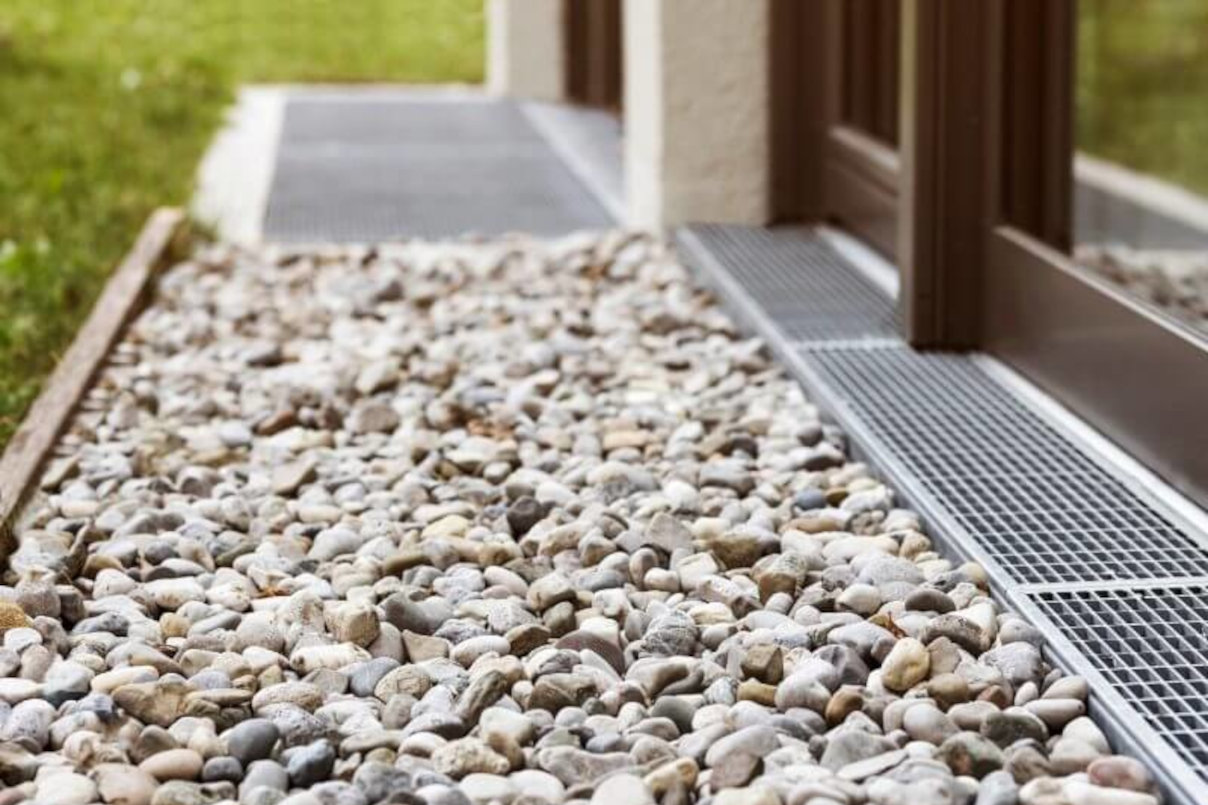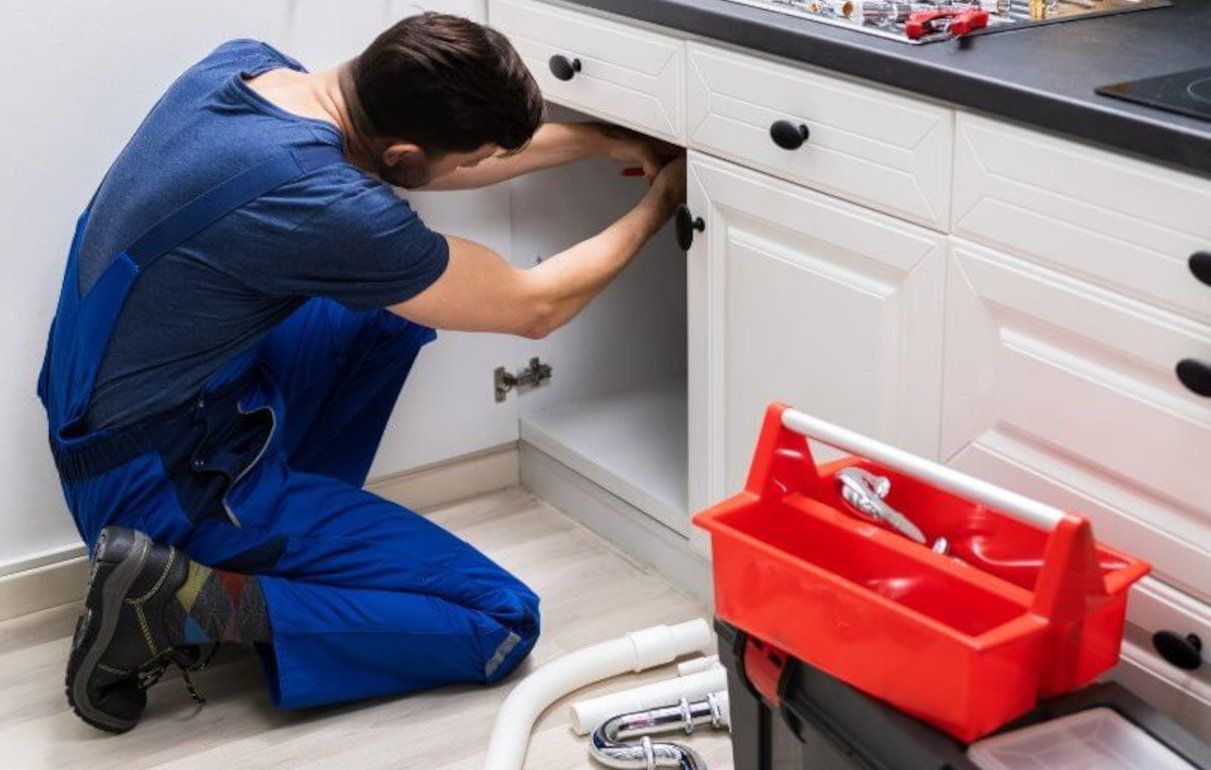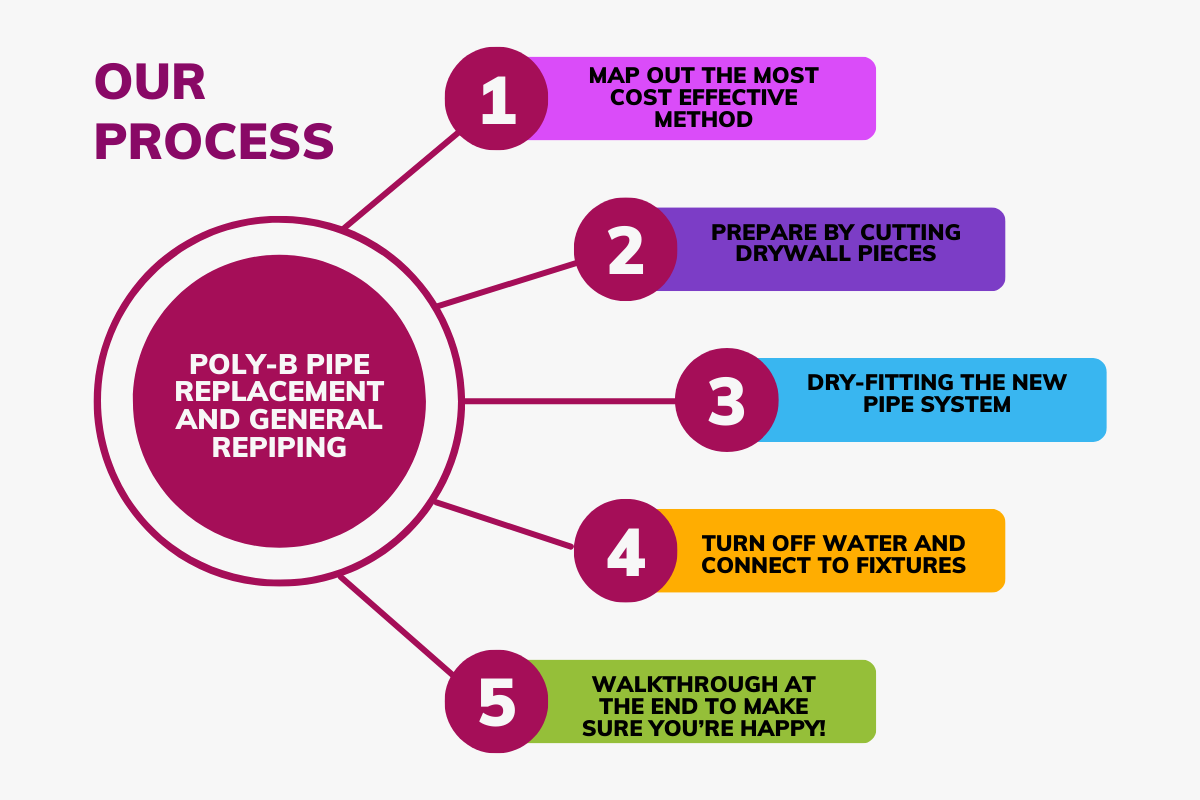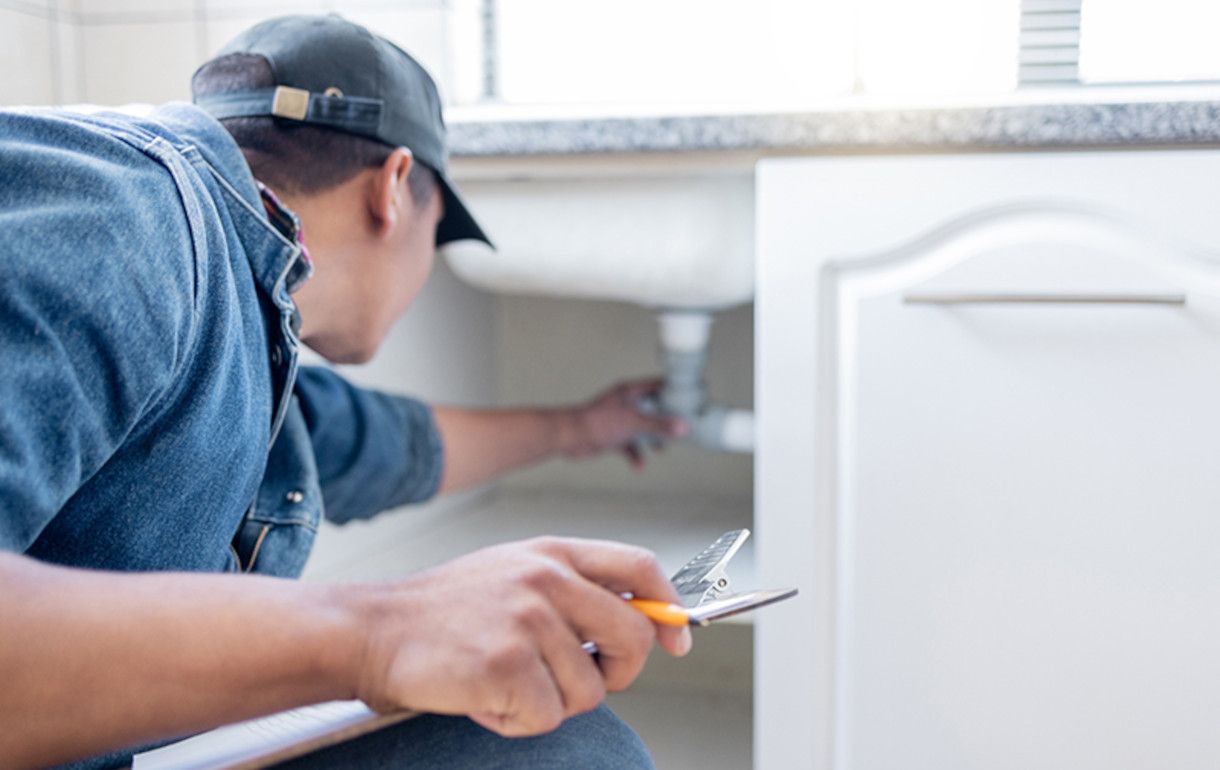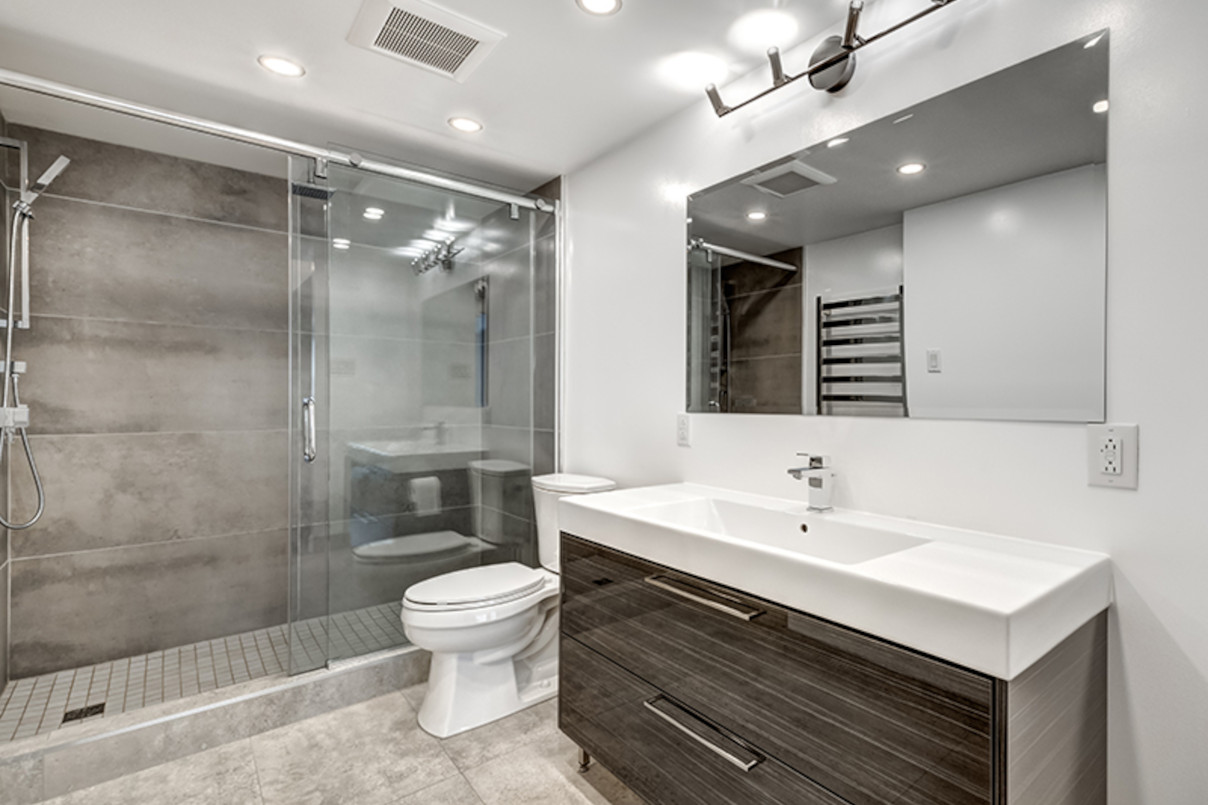The Importance of Foundation Drainage
A strong foundation is key to a safe and stable home, but without proper drainage, your foundation is at risk of water damage, cracks, and costly repairs. Whether you’re building a new home or improving an existing one, foundation drainage plays a crucial role in keeping moisture out and preventing structural issues.
What Is Foundation Drainage?
Foundation drainage refers to the systems in place to divert water away from your home’s foundation. Without these systems, excess moisture can seep into the foundation walls, leading to:
- Cracks & shifting due to expanding soil
- Mold & mildew from trapped moisture
- Flooding & water damage in basements or crawl spaces
Types of Drainage for Foundation Protection
There are several types of drainage systems used to protect footings, foundations, and basements from excess water buildup.
1. Perimeter Drain System
A perimeter drain is a system of pipes installed around the outside of your foundation to redirect water away from your home. This prevents water pooling around your foundation walls, which can cause cracks and erosion.
Learn more about perimeter drains
2. Footing Drains
A footing drain is a drainage pipe installed at the base of the foundation to collect and remove groundwater. This system is critical in areas with high water tables or frequent heavy rainfall.
Difference Between Foundation Drains & Footing Drains:
- Foundation drains focus on keeping water away from basement walls.
- Footing drains protect the footings (the base of the foundation) from excessive moisture.
- Foundation footing drains combine both systems for maximum drainage efficiency.
3. French Drain
The French drain, also called a weeping drain, is a type of drainage system that consists of a perforated pipe wrapped in gravel or porous material. This design allows water to seep into the pipe, which then redirects it away from the foundation. The surrounding backfill material ensures smooth water flow while preventing debris from clogging the pipe.
Since French drains efficiently move water away from a home’s foundation, they are commonly installed around basements and crawl spaces.
4. Sump Pit and Pumps Drainage
For areas that experience heavy rainfall or snowfall, a sump pit and pump system is often the best solution when simple slopes or gradients aren’t enough to move water away from the home.
A sump pump system works as a catch basin for excess water, collecting groundwater in a sump pit before actively pumping it away from the foundation when the water level reaches a certain threshold.
Foundation Drainage & Waterproofing: A Complete Solution
While a foundation drainage system plays a major role in protecting your home, it should be combined with other waterproofing methods for maximum protection. By combining foundation drainage systems with preventative waterproofing, you can protect your home from costly foundation repairs.
Is Your Foundation Drainage System Working?
If you notice signs of moisture buildup, cracks in the basement, or pooling water near your home, your drainage system may be failing. At John G Plumbing, we provide expert foundation drainage solutions, including perimeter drains, footing drains, and foundation waterproofing.

